

James Wong
2026 Audi SQ5 review: Quick drive
6 Days Ago

Senior Road Tester
The upcoming Nissan 400Z will take the brand back to its roots, paying homage to the Datsun 240Z in all the right ways according to CarExpert sources familiar with the design.
Nissan hasn’t officially confirmed the existence of a replacement for the ageing 370Z, but the company has filed trademark applications for a new ‘Z’ badge inspired by that of the 240Z in the USA, Australia, and Canada.
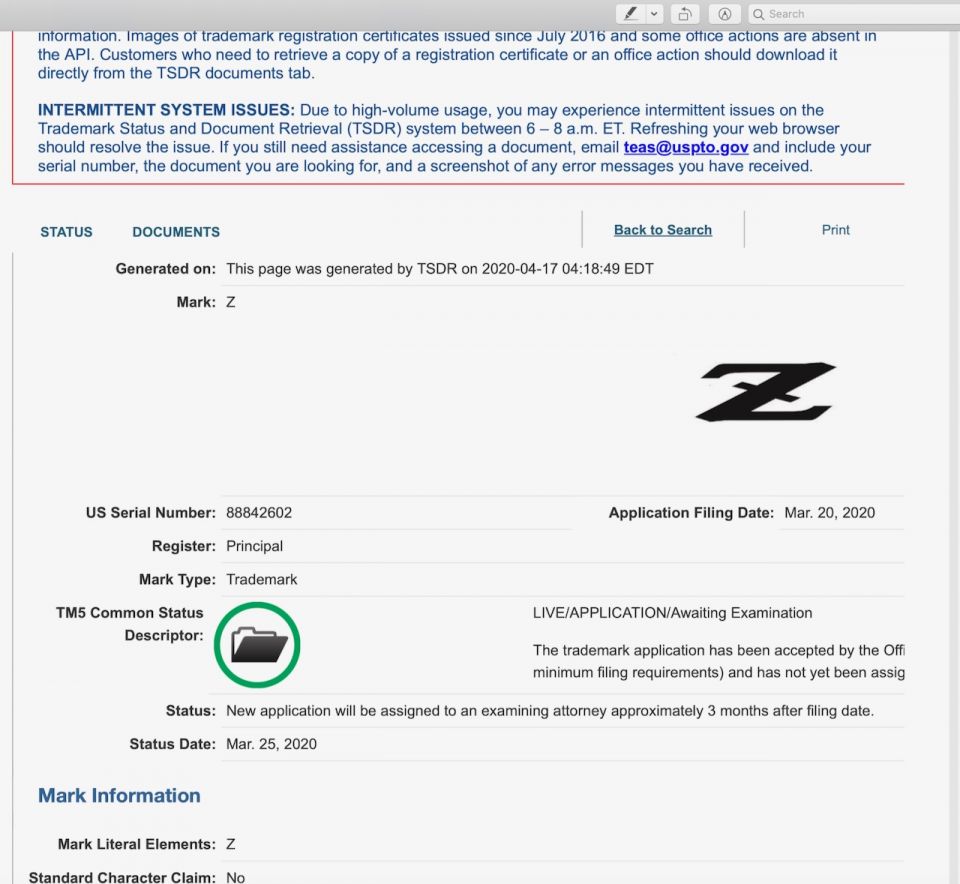
The company revived the legendary Z performance brand for the 350Z in 2002, which was followed by the more powerful 370Z still offered in Nissan showrooms today.
What will power the reborn Zed isn’t quite clear. The simple solution would be an uprated version of the 3.7-litre V6 engine used in the current 370Z, potentially bumped up to 4.0-litres to match the 400Z name. Simple.
The engine makes 253kW of power and 371Nm of torque in the current 370Z Nismo.
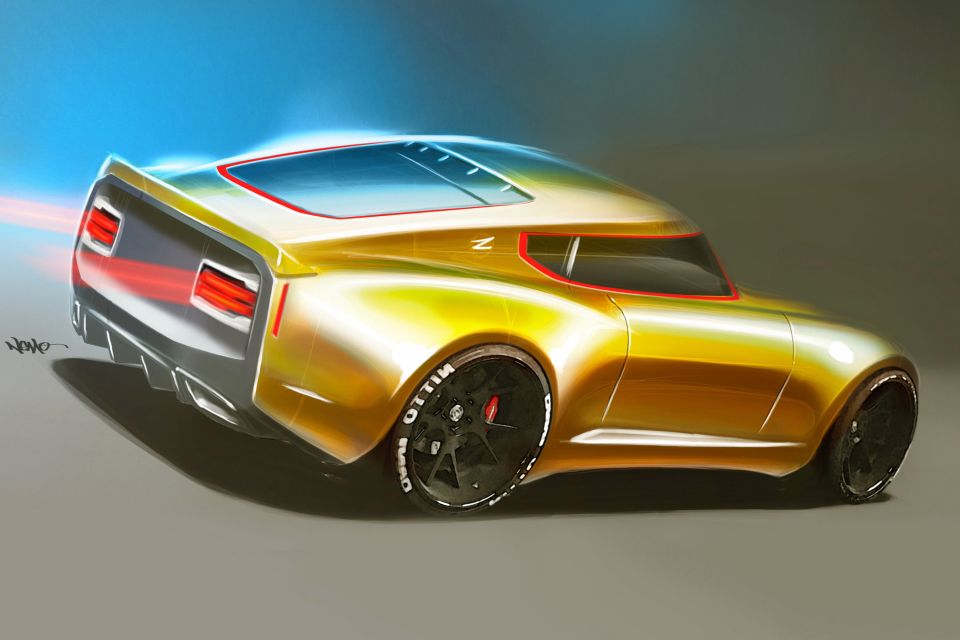
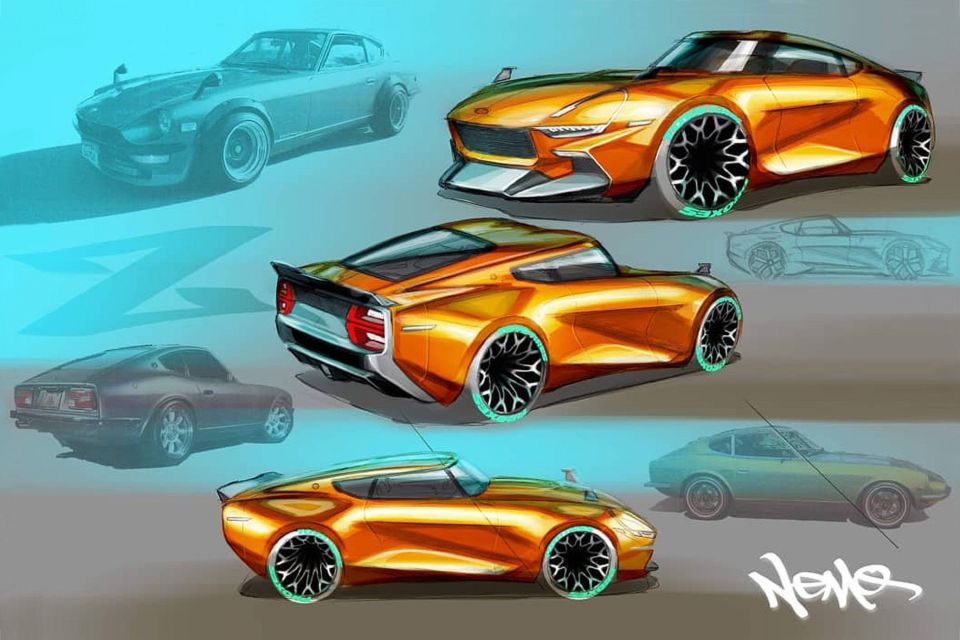
Other options? Both drivetrains from the Infiniti Q60, the first of which is a 2.0-litre four-cylinder turbo good for 155kW of power and 350Nm of torque – although it only comes with a seven-speed auto at this stage.
There’s also the 3.0-litre twin-turbo V6 from the Q60 Red Sport packing a none-too-shabby 298kW and 475Nm which makes for a very quick lightweight sports car.
However both models featured a modern, angular design rather than digging too deep in the Nissan and Datsun archives. The 400Z, as the new Zed car will possibly be called, will change that.
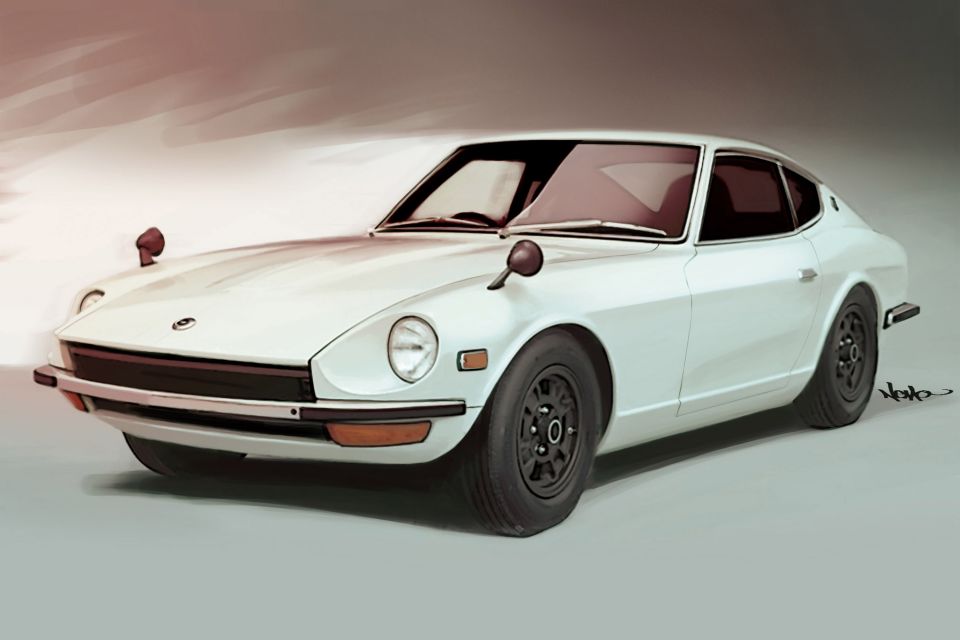
The Datsun 240Z (Nissan Fairlady Z in Japan) was a certified game-changer when it was released in 1969.
Thanks to a head-turning design and impressive performance it played a big role in killing the British sports car industry, by proving superb handling and bulletproof reliability needn’t be mutually exclusive.
I know because it was my first car I bought with my own savings, and can tell you first hand it was a sports car that could be driven hard all day, every day, and nothing ever broke. It was rock solid no matter how hard you cared to push it.

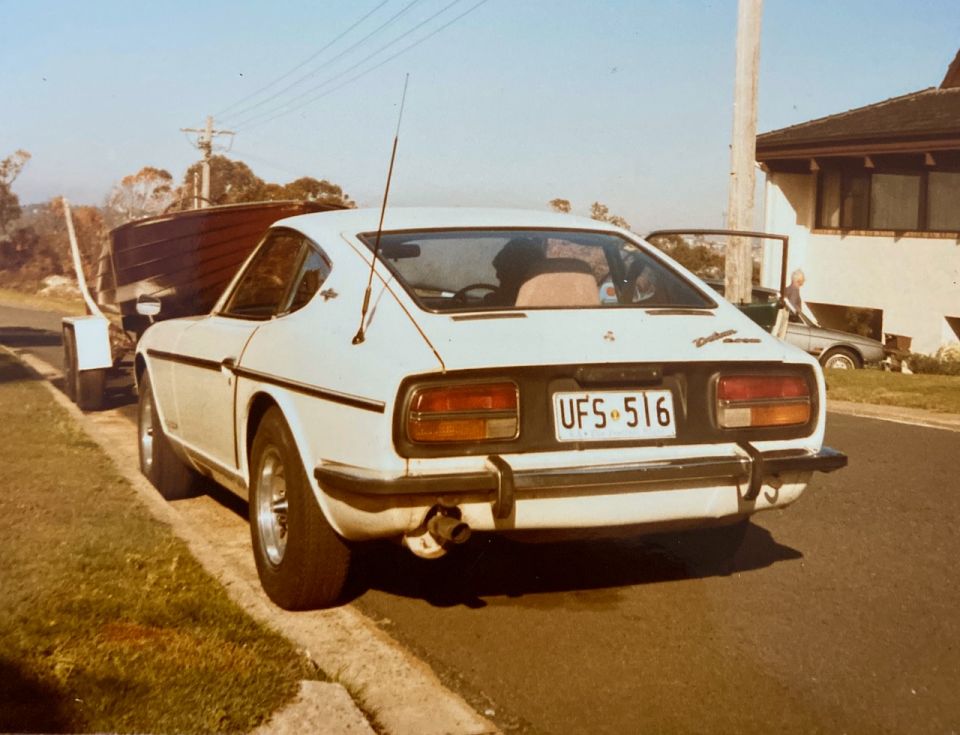
With its long bonnet and a straight-six engine set well back into the chassis, along with Porsche 911-style seats and three-spoke wooden steering wheel, I likened it to an affordable Jaguar E-Type.
It’s easy to see why Nissan designers have sought inspiration in the 240Z, which was penned under the direction of Albrecht Goetz, the man responsible for classic BMW models such as the 503 and 507.
Goetz was also said to have an early hand in Toyota’s stunning and exceedingly rare 2000GT, which featured in the 1967 James Bond movie You Only Live Twice.
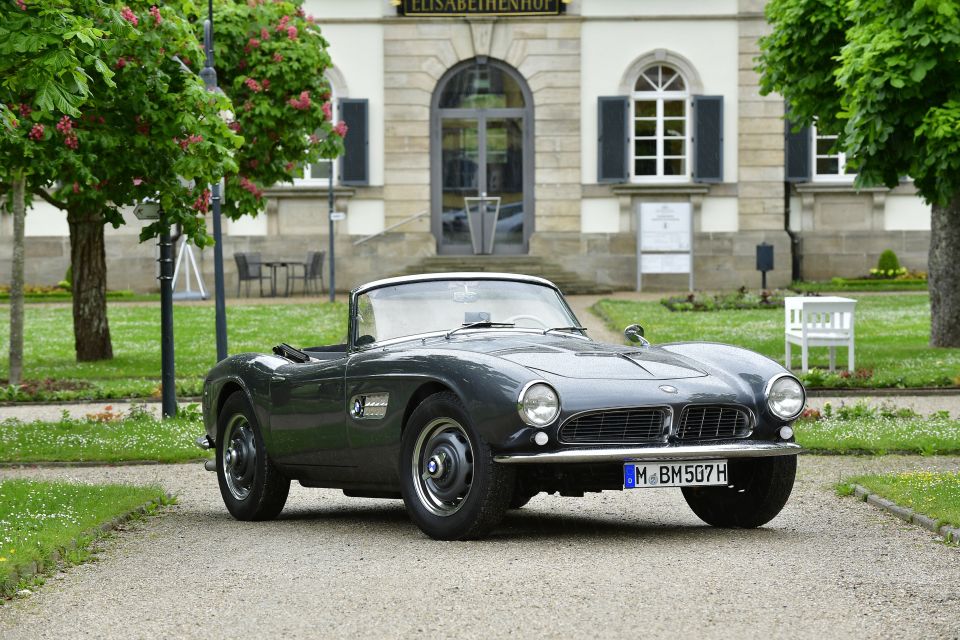
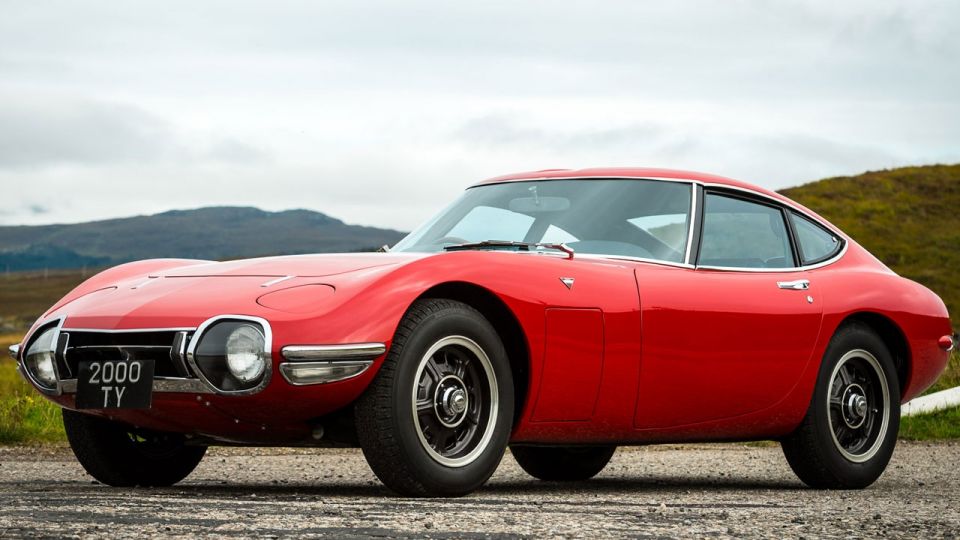
Just to prove how celebrated the 240Z was, in the 1990s Nissan USA commissioned former racer and restoration guru Pierre Perrot’s service centre in Hawthorne, California, along with several other specialist shops on the West Coast to produce ground-up restorations of clean 1970 and 1971 models, with more than 800 individual parts replaced.
Frankly, I could never understand why the 350Z and subsequent 370Z weren’t designed as a re-imagination of the classic 240Z, given its fabulous heritage and proper sports car looks.
To me, it was a lost opportunity – compounded further with the release of the Toyota 86 and Subaru BRZ sister car, a design which recognised and capitalised on the appeal of an affordable front-engined, rear-wheel drive, sports car.
Pity about the largely underpowered four-cylinder engine in the ToyoBaru, though, something likely to be addressed with the next-gen Zed car if rumours are to be believed.
It’s encouraging, and we’re expecting further confirmation in due course.
Where expert car reviews meet expert car buying – CarExpert gives you trusted advice, personalised service and real savings on your next new car.


James Wong
6 Days Ago


Max Davies
5 Days Ago


Josh Nevett
3 Days Ago


Max Davies
3 Days Ago


Max Davies
2 Days Ago


Derek Fung
1 Day Ago